Dunking a basketball isn’t just a highlight-reel moment—it’s a combination of precision, power, and physics. For many athletes, the question isn’t whether they want to dunk but how high they need to jump to make it happen. The answer isn’t one-size-fits-all; it depends on factors like your height, arm length, and standing reach. Understanding these variables is key to determining the vertical jump required to soar above the rim.
As sports performance experts, we know that achieving a dunk goes beyond raw athleticism. It’s about maximizing your vertical leap while refining your technique to translate that explosiveness into game-day results. Whether you’re aiming to electrify the crowd or add an efficient scoring option to your game, knowing the vertical jump you need is the first step. Let’s break it down so you can measure your vertical jump, train, and elevate your game to new heights.
Understanding Vertical Jump For Dunking
Vertical jump is a critical factor influencing dunking ability. It measures how high an athlete can elevate off the ground. For basketball players, achieving sufficient jump height ensures the hands can reach above the rim to complete a dunk. However, jump height alone doesn't guarantee success.
Dunking effectiveness depends on multiple elements combined with your vertical leap. Leg strength and explosive power drive upward momentum, while proper jump mechanics refine takeoff efficiency. Athletes with strong lower body explosiveness, developed through targeted jump training like plyometrics, often see improved vertical performance.
Fast-twitch muscles, responsible for quick and powerful movements, also play a significant role. Enhanced activation of these muscle fibers through jump-specific exercises, such as depth jumps and sprints, helps generate the burst needed for higher basketball hops. To bridge the gap between vertical jump and rim touch, consistency in dunk training and fine-tuning athletic performance is essential.
Factors That Determine Dunk Requirements
Several elements influence the ability to dunk beyond just achieving the necessary vertical jump. Understanding these factors helps optimize dunking performance.
Height And Reach
Height and reach significantly impact dunking ability. Taller individuals inherently require a lower vertical leap to reach above the rim. Reach, which includes standing reach and arm length, also plays a key role. For instance, someone with longer arms can compensate for a shorter vertical jump by extending their reach further. To determine requirements, measure standing reach, as this acts as the baseline for calculating the vertical height needed to execute a dunk.
Vertical Jump Measurement
Measuring vertical jump height accurately is essential for evaluating progress in dunk training. There are many ways to do so, while we recommend using a laser system like OVR Jump to regularly test. Regular assessments highlight areas to target in jump training, such as enhancing fast-twitch muscle activation and explosive power.
Minimum Vertical Jump Needed To Dunk
The minimum vertical jump needed to dunk depends on individual factors like standing reach, arm length, and jump mechanics. A basketball rim is 10 feet (120 inches) high. To calculate the required vertical leap, subtract your standing reach from 120 inches. For example, with an arm length of 28 inches and a standing reach of 92 inches, a jump height of 28 inches would be necessary to touch the rim. Dunking, however, requires an additional few inches of clearance to account for holding the ball above the rim.
Athletic performance elements such as explosive power and lower body explosiveness play a critical role in achieving the required jump height. Strengthening fast-twitch muscles enhances vertical leap and contributes to dunking ability. Techniques like plyometrics and focused jump training improve both leg strength and jumping form, optimizing vertical jump potential. Effective dunk training combines physical preparation with consistent technique refinement to reach the necessary height efficiently.
Tips To Improve Your Vertical Jump
Improving your vertical jump height enhances dunking ability by boosting leg strength, explosive power, and jump height. Incorporating targeted exercises and training techniques aligns athletic performance with measurable results.
Strength Training Exercises
Building leg strength is essential for maximizing vertical leap. We recommend incorporating the following:
-
Squats: Variations like jump squats, Bulgarian split squats, and deep squats enhance thigh and gluteal strength.
-
Deadlifts: Weighted deadlifts improve lower body explosiveness, critical for reaching the rim.
-
Dumbbell Jumps: Increase force production with dumbbell jumps, increasing the time of force production.
Strength-based exercises are the foundation for improving jump mechanics and overall jump training success. You can also utilize Velocity Based Training to improve your training efficiency.
Plyometric Drills
Plyometrics increase explosive power and enhance basketball hops. These drills focus on fast movements that mimic real-world athletic performance:
-
Platform Box Jumps: Arrange three boxes of ascending height. Explode upward, landing softly between each, and finish on the tallest box. This develops balance, core strength, and lateral agility.
-
Single-Leg Bounds: Jump forward and laterally off one foot to build power and stability crucial for dunk training.
-
Depth Jumps: Drop off a plyometric box and rebound quickly into a vertical leap. This teaches fast-twitch muscle activation and recoil. Measuring Reactive Strength Index is a great way to measure progress.
Plyometric drills integrate dynamic movements that directly translate to improved jump height and rim touch consistency.
Challenges For Shorter Players
Shorter players face significant challenges due to their reduced standing reach, requiring a higher vertical leap to dunk effectively. On average, achieving rim touch for individuals under 6 feet often demands a vertical jump of 30-40 inches, depending on arm length and jump mechanics. This height difference makes maximizing explosive power and jump height crucial to compensating for their physical limitations.
Developing lower body explosiveness is essential for shorter athletes since it directly impacts vertical leap potential. Exercises like plyometrics, including depth jumps and single-leg bounds, help improve basketball hops and activate fast-twitch muscles. Strengthening leg muscles through targeted training, such as squats and deadlifts, builds the foundation needed to handle the intensity of dunk attempts.
Jump training for shorter players must also focus on refining jump mechanics. Proper takeoff alignment, effective energy transfer, and consistent form are critical to overcoming height disadvantages. Combining these techniques with regular assessments enables us to track progress and further enhance dunking ability.
Conclusion
Dunking a basketball is a skill that blends athleticism, technique, and determination. While the required vertical jump varies based on individual factors like height and reach, improving leg strength, explosive power, and jump mechanics is key to success. With the right training and consistent effort, reaching the rim—and throwing down a dunk—becomes an achievable goal. Whether you're tall or under 6 feet, the journey to dunking starts with focused preparation and a commitment to pushing your limits.
Frequently Asked Questions
What is the minimum vertical jump needed to dunk a basketball?
The minimum vertical jump needed to dunk depends on your height, standing reach, and arm length. For most people, a vertical jump of 30-40 inches is required to reach above the rim, especially for shorter players under 6 feet tall. Taller individuals typically need less vertical height due to their longer reach.
How can plyometric exercises improve dunking ability?
Plyometric exercises like box jumps, depth jumps, and single-leg bounds increase explosive power and boost leg strength. These high-intensity drills train your muscles to generate maximum force in a short period, leading to improved vertical jump and overall dunking performance.
Does height affect dunking ability?
Yes, height significantly impacts dunking ability. Taller players need a lower vertical jump to reach the rim due to their extended standing reach. However, shorter players can compensate by increasing their vertical leap and refining their jump mechanics.
What exercises build leg strength for dunking?
Strength-training exercises like squats, deadlifts, lunges, and calf raises are excellent for building leg strength. Combining these with plyometric drills such as platform jumps ensures a balanced approach to improving your jumping form and explosiveness.
Why is standing reach important for dunking?
Standing reach serves as a baseline for calculating the jump height needed to dunk. By subtracting your standing reach from the rim height, you can determine how much vertical leap is essential to make a successful dunk.
What challenges do shorter players face in dunking?
Shorter players often need a higher vertical leap, usually 30-40 inches, to compensate for their lower standing reach. Overcoming this challenge relies on lower body explosiveness, proper jump mechanics, and specific strength-training exercises.
Can specific techniques improve my dunking form?
Yes, refining jump techniques like proper takeoff alignment, energy transfer, and controlled landing can enhance your dunk execution. Combining this with consistent strength and plyometric training ensures better results.
How often should I assess my vertical jump progress?
Regular vertical jump assessment is recommended. This helps track improvement, identify target areas in training, and adjust your workout regime to optimize performance and dunking ability.

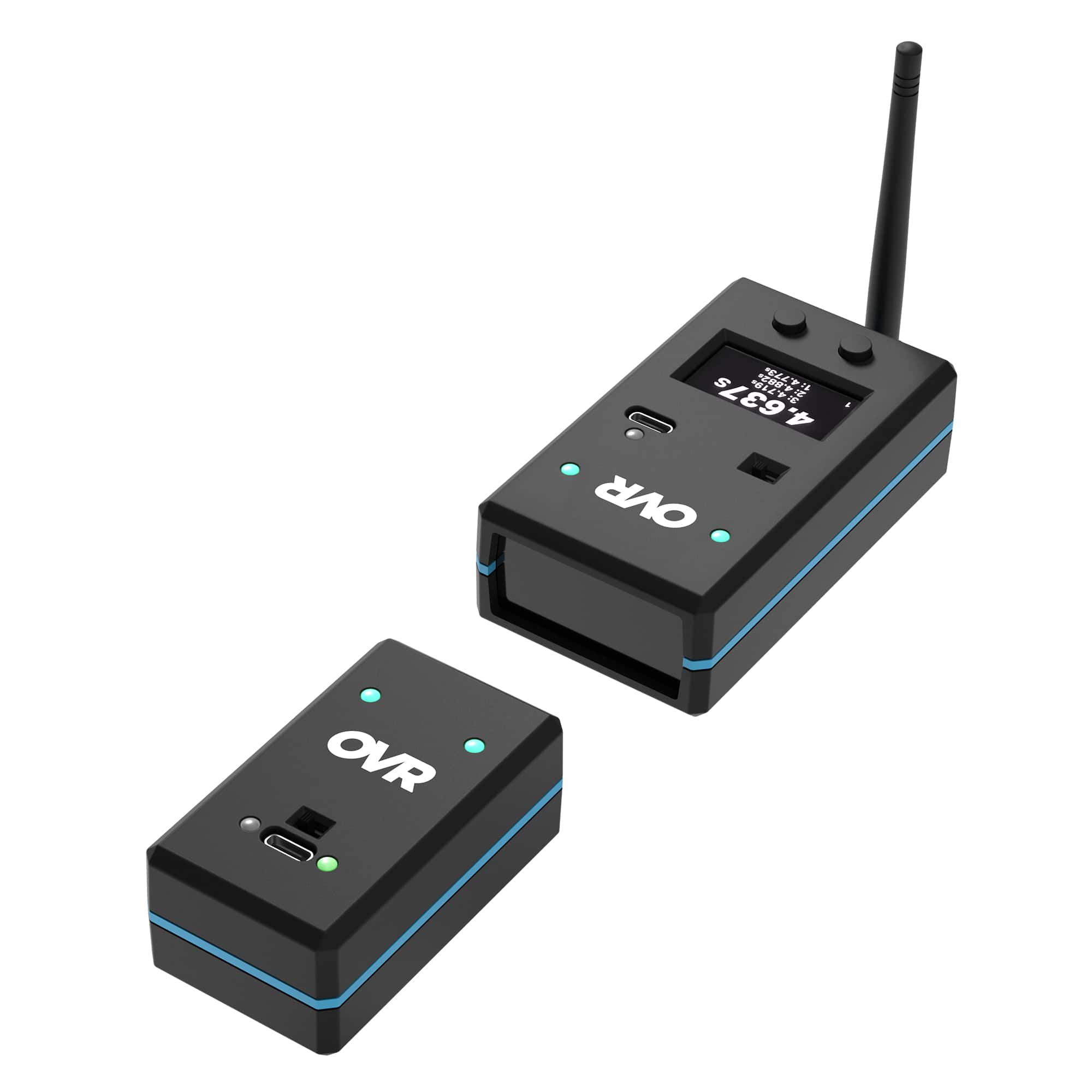

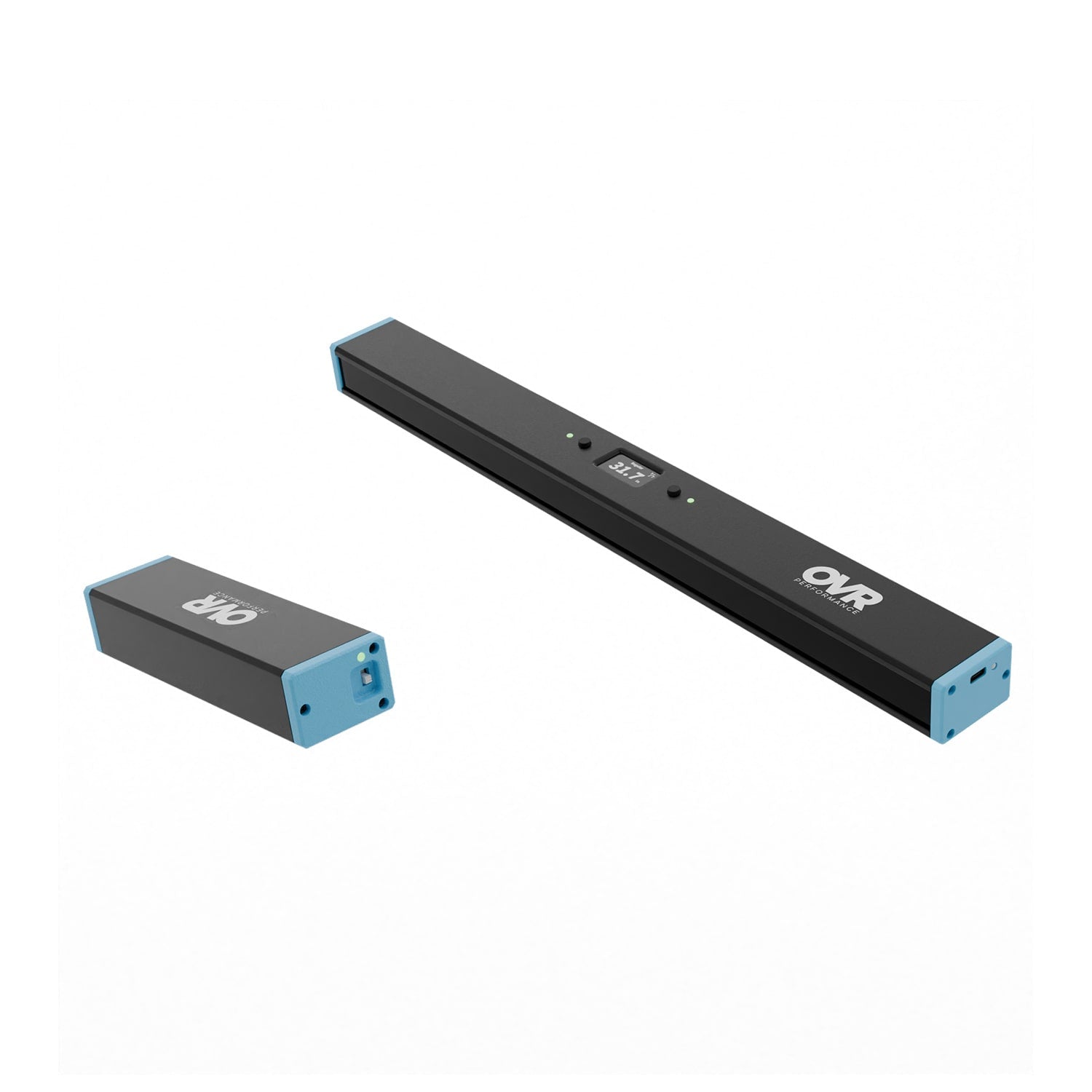
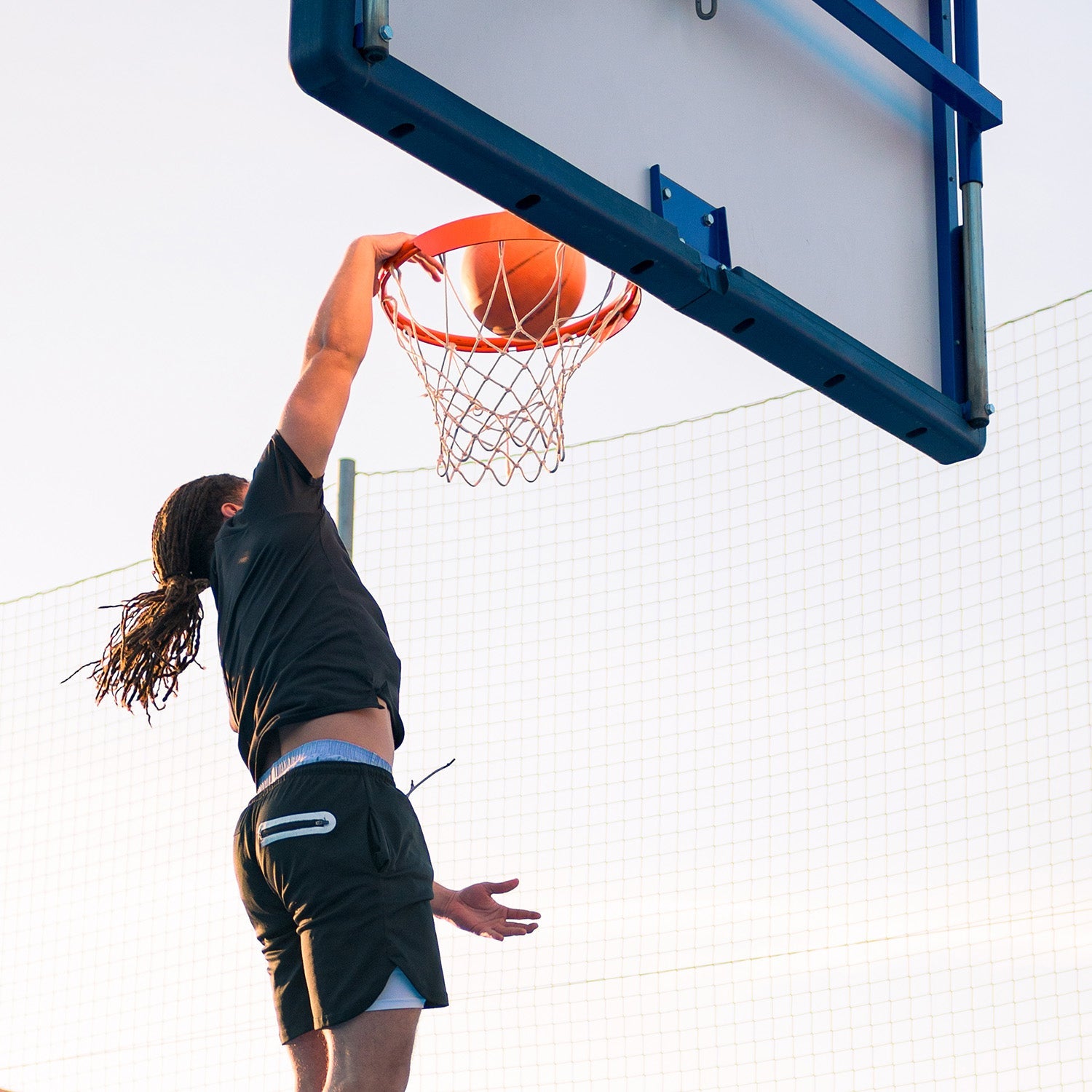
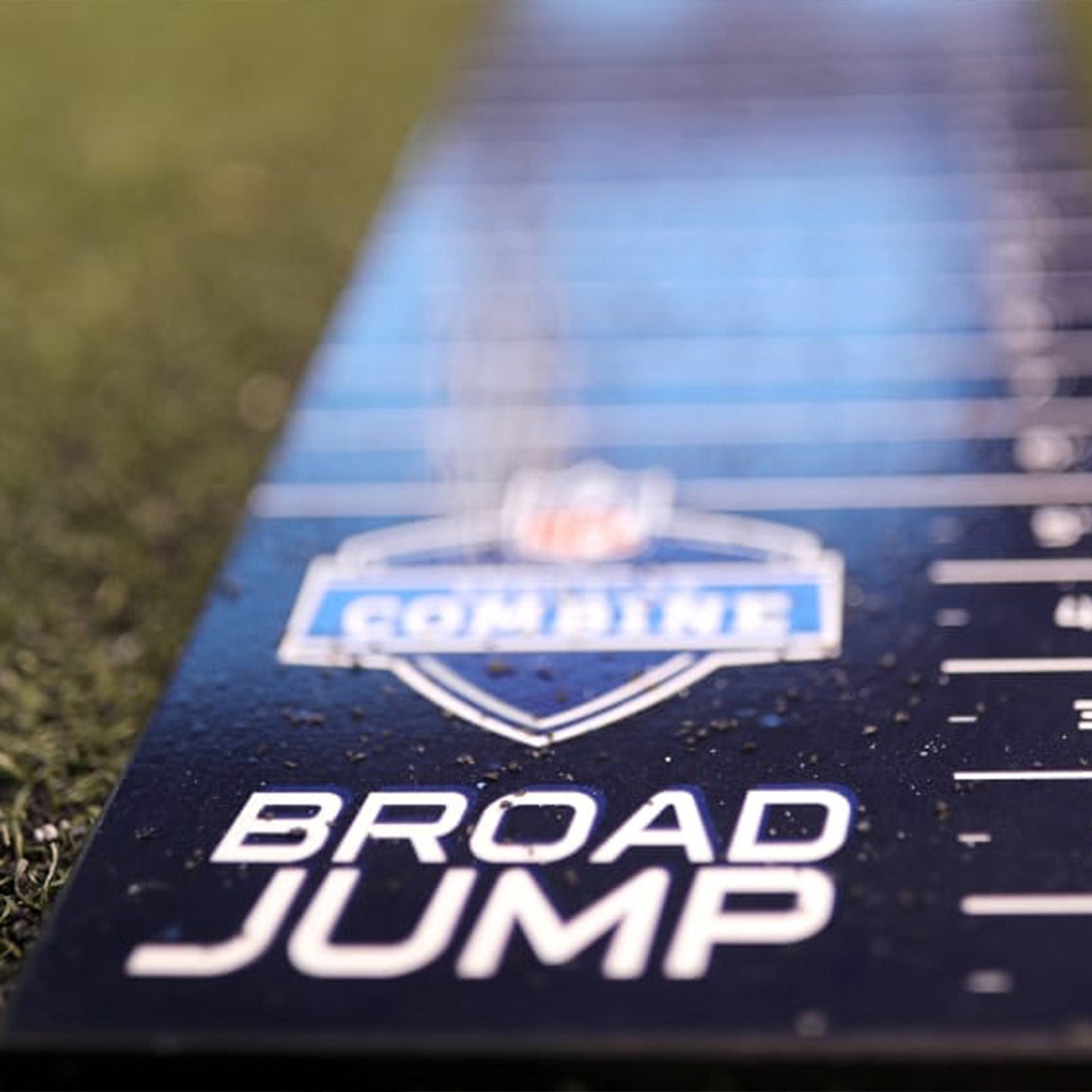
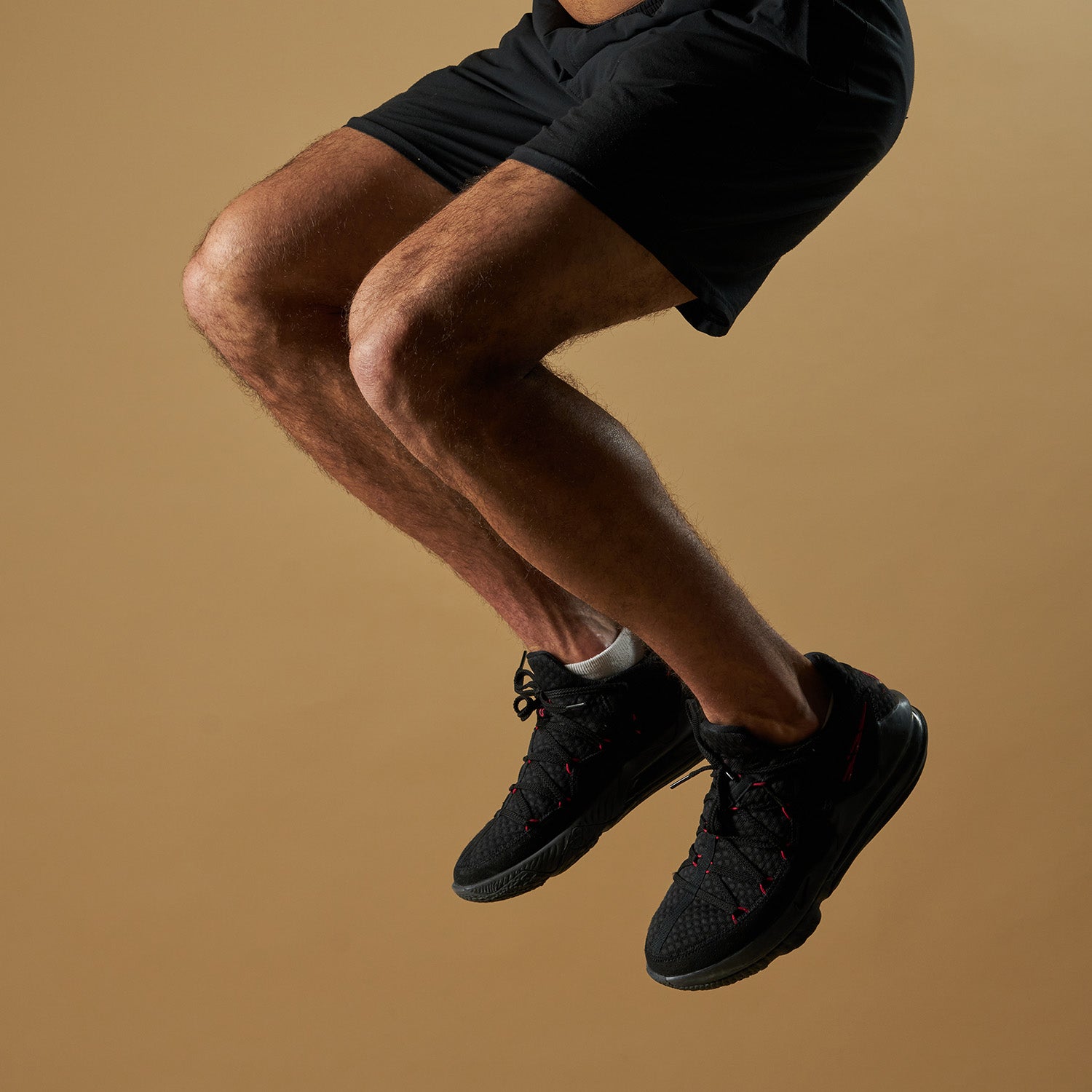
Leave a comment
This site is protected by hCaptcha and the hCaptcha Privacy Policy and Terms of Service apply.